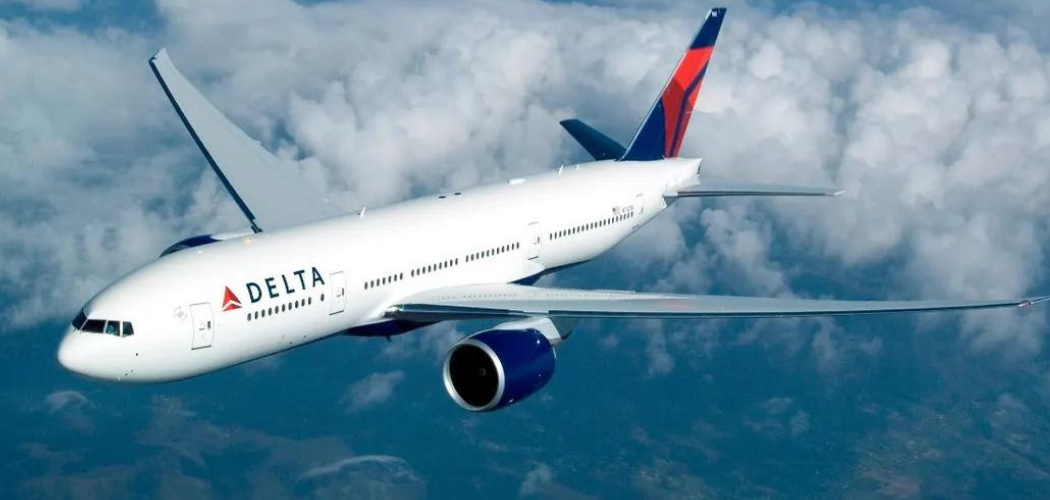Despite commonly and firmly held views on the subject among even the most revered veterans of marketing, it is no longer true to say that brand loyalty can be predicted based on either the consumer's age or income, according to the 2014 Brand Loyalty Survey from email marketing solutions firm StrongView.
The study debunks made widely held assumptions about how age and income affect a customer's potential for brand loyalty, and argues that the real recipe for cultivating brand loyalty lies instead with context. In fact, the survey found a clear correlation between the context and perceived value within a marketing message and increases in purchasing and engagement from consumers receiving those messages.
"These days, customers and brands are engaged in two-way conversations that go far beyond marketers simply pushing out product or service offers," said Shawn Myers, VP of Marketing for StrongView. "These dynamic interactions require a greater understanding of a customer's current context and needs within the engagement lifecycle. Marketers have known for a long time that retaining a loyal customer is much cheaper than capturing a new one, but now we know that keeping them loyal comes down to engaging them with contextually relevant information, which ultimately leads to additional revenue."
The most loyal customers, which StrongView refers to as "Brand Enthusiasts" are engaged with their brand of choice as a frequent and consistent buyer, and are highly likely to recommend the brand to friends. In a telling statistic, the survey found that brand loyalty plays a large part in the purchasing decision, with nearly twice the number of Brand Enthusiasts reporting that loyalty played a part in their last purchase, compared to non-Enthusiasts surveyed.
Sustained customer loyalty comes from providing true value in marketing campaigns rather than purely promoting goods and services. When making the decision to buy, Brand Enthusiasts confirmed the importance of brands adding value with contextual marketing, reporting they were more likely to buy after receiving a timely message that was relevant, helpful and consistent with their expectations.
Brand Enthusiasts gravitate toward brands that lock into the customer context and engage in the right way at the right time. For example, 77% of Brand Enthusiasts reported purchasing an item recommended by their brand of choice. By demonstrating an understanding of the customer journey, brands can create valuable marketing touch points and drive sales to Brand Enthusiasts in a more productive way.
Among the other key findings of the survey:
- Age and high income have little effect on a person's likelihood to be a loyal customer.
- Loyalty was essentially even across all age brackets, ranging from 17 to 19% of adult online shoppers between the ages of 18 and 54
- Only 5% of consumers with US$150k in annual salary were loyal to a brand, compared to 29% of shoppers with an annual salary of US$25-50k
- 67% of loyal customers make US$75k or less annually
- Higher levels of context and value are tied to purchases. Customers reported they were more likely on a scale from 1 to 10 to buy when they received a marketing message that: matched the customer's expectations of the brand (8.7); matched past interactions with the brand (8.6); was relevant to the customer's needs (8.6); was received at the right time (8.4); and was helpful or useful in aiding the customer's decision to buy (8.4).
- Brand Enthusiasts are more valuable than new customers. Brand Enthusiasts are important to identify and focus marketing energy on because they are: nearly 4x more likely to spend significantly more with a brand in the future; spending on average 13% more per purchase than other customers; more likely to purchase based on recommendations from their brand of choice; and 3x more likely to frequently purchase from the brand.
- Email continued to be the most effective method for driving action with all customers, with 51% of Brand Enthusiasts and 45% on non-enthusiasts reporting their last purchase for a brand was prompted by email communication. This is more than online and offline advertising combined.
|
More Info: |




